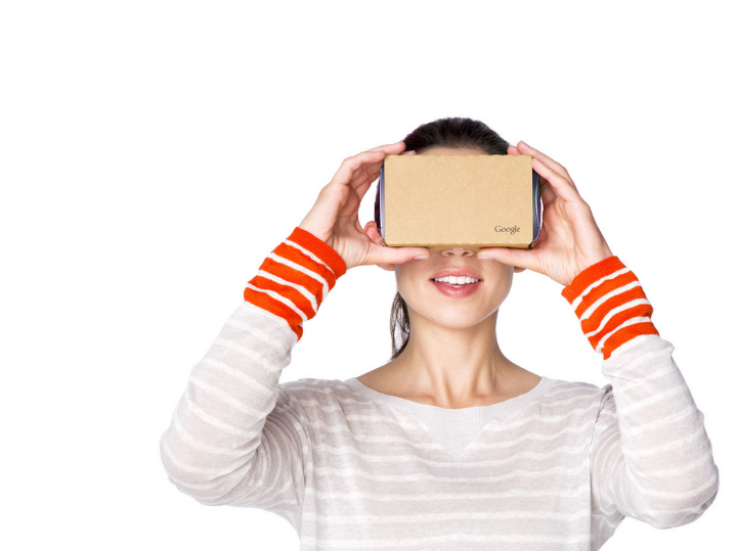Google looking to develop own VR headset as improvements come for Google Cardboard viewer View-Master 2.0

Virtual reality is slowly becoming a good gate way for companies to jump into. With more interesting running high for virtual reality, several more companies are trying to get a piece of the market with a particular VR device.
This time, Google has finally shown its interest in getting into the VR bandwagon with an actual VR headset of its own. Quartz reported that Google is now dabbling in virtual reality that can be used by itself, instead of being paired with a smartphone.
Like us on Facebook
This will put the search engine company at par with the likes of Sony, HTC and Oculus Rift, which each have their own virtual reality headsets slated to come to the market. But it appears that Google will try to improve on different aspects of existing VR headsets.
For instance, compared to the Oculus Rift, which had recently revealed a lineup of powerful computers to run the VR headset, Google’s planned VR headset will not require another device for it to run. This enables lower-quality realities compared to existing headsets. With the project is still under consideration, more details are expected to be released as Google goes deeper into development.
If Google’s actual VR headset comes to life, this will be a step further from what Google Cardboard had aimed to deliver. Google Cardboard was the company’s first foray into VR technology. This enables smartphone users to make use of phones with screens of up to 6-inches to enjoy a VR experience by way of a handheld headset.
Currently, there are several views that can be paired with the cardboard holder. These include View-Master from Mattel, Powis Custom’s Powis Viewr 2.0, Dscvr from I Am Cardboard and Zeak’s Dark Shader, among others. However, for a more improved version, Mattel’s View-Master 2.0 has recently received an upgraded model that’s meant to fix the prototype’s issues.
According to Gizmodo, the new model will now allow for smaller phones to play with the View-Master 2.0 thanks to a plastic adapter. The overall design for the mount and an included headphone jack adapter will allow for more immersive experiences for more users.
Mattel’s View-Master VR Viewer 2.0 will launch at fall. It will have a higher price tag at US$40 (approx. AU$56), but it will already have a lens focus wheel for sharper views. There’s also the added safety feature of a redesigned latch that keep the smartphone in place unlike the prototype.






